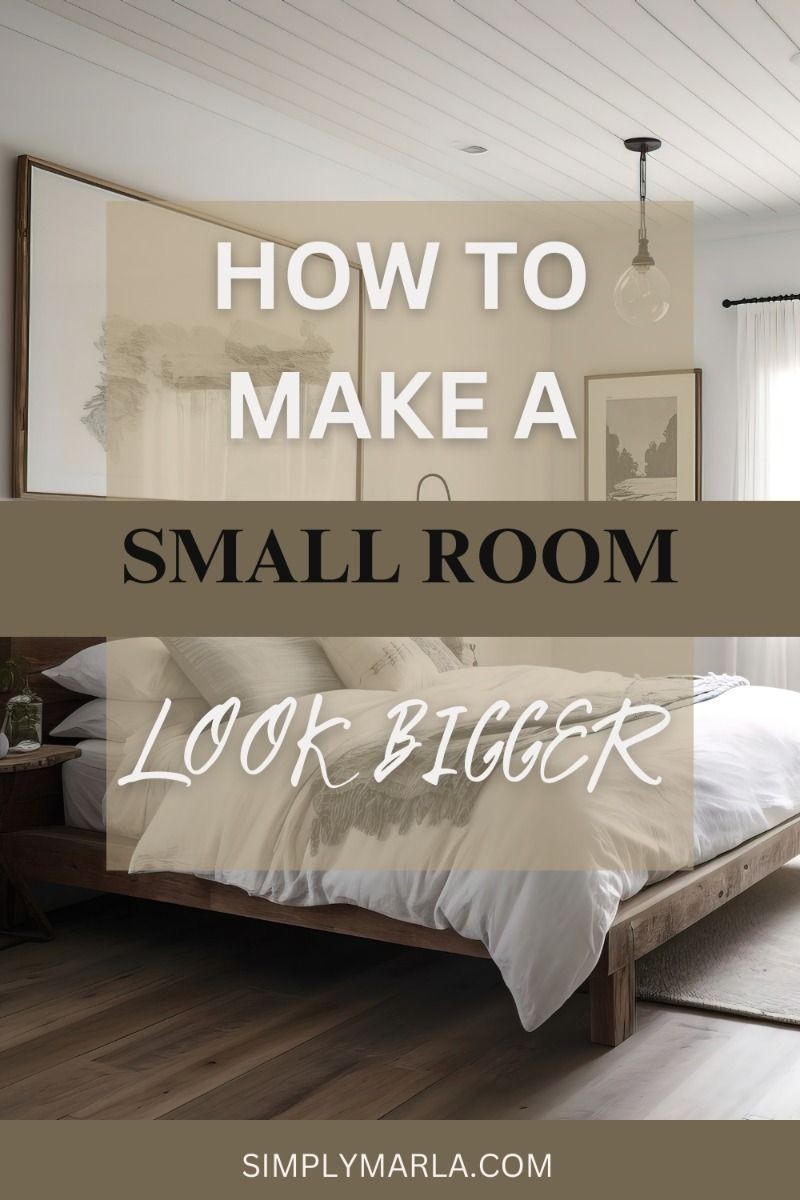Strategies to Enhance the Perception of Space in a Small, Dark Room
Many of us face the challenge of making a small, dark room feel more spacious and inviting. Whether it's a bedroom, home office, or a cozy reading nook, there are several clever strategies you can employ to transform its atmosphere and maximize its potential. Here’s a comprehensive guide on how to enhance the perception of space in such rooms:
**1. ** Optimize Lighting:
Natural Light: Maximize natural light by using sheer curtains or blinds that allow light to filter through. Keep windows clean and unobstructed to let in as much sunlight as possible.
Artificial Lighting: Supplement natural light with strategically placed lamps or overhead lights. Use light fixtures that distribute light evenly to reduce shadows and create a brighter ambiance.
**2. ** Choose the Right Colors:
Lighter Shades: Opt for light-colored paint or wallpaper to make the room feel airy and expansive. Soft pastels, neutrals, or whites can reflect light and visually enlarge the space.
Accent Colors: Introduce pops of color through accessories or accent walls to add interest without overwhelming the space. This can create focal points that draw the eye and distract from the room's size.
**3. ** Mirrors and Reflective Surfaces:
Strategic Placement: Place mirrors opposite windows or in areas that reflect light to amplify the feeling of openness. Mirrored furniture or reflective decor pieces can also bounce light around the room, making it appear larger.
Glass and Lucite: Opt for furniture or decor made from transparent materials like glass or lucite. These pieces create the illusion of more space as they don’t visually clutter the room.
**4. ** Declutter and Organize:
Streamline Furnishings: Choose multi-functional furniture with clean lines and minimalistic designs. Avoid bulky pieces that overwhelm the space.
Storage Solutions: Invest in clever storage solutions like floating shelves or built-in cabinets to keep clutter at bay. A tidy space feels more open and spacious.
**5. ** Vertical Space Utilization:
Floor-to-Ceiling Curtains: Hang curtains closer to the ceiling and let them extend all the way to the floor. This draws the eye upward and creates the illusion of taller ceilings.
Vertical Shelving: Install tall, narrow shelves to draw attention upward and utilize wall space efficiently. Displaying items vertically can also create a sense of height and openness.
**6. ** Create Depth with Décor:
Layered Textures: Incorporate textures through rugs, cushions, and throws to add depth and interest to the room. Textured walls or ceiling treatments can also create visual intrigue.
Strategic Art Placement: Use art and decor items to guide the eye around the room. Large artworks or murals can create a focal point and distract from the room's size limitations.
**7. ** Open Up Sightlines:
Furniture Arrangement: Arrange furniture to create open pathways and maximize floor space. Leave some areas free of furniture to create visual breathing room.
Transparency: Use furniture with exposed legs or open designs to create a sense of openness. This allows light to pass through and makes the room feel less crowded.
By implementing these strategies, you can effectively enhance the perception of space in a small, dark room and create a more comfortable and visually appealing environment. Whether you're looking to redesign a bedroom, office, or any other small space, thoughtful design choices can make a significant difference in how the room is experienced. With creativity and a strategic approach, even the smallest rooms can feel larger and more inviting.






